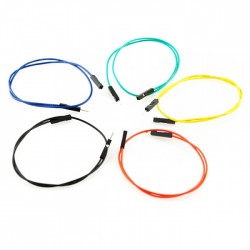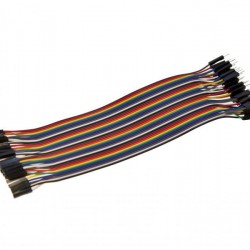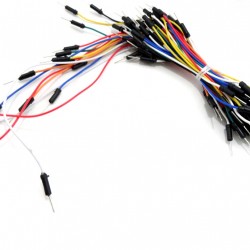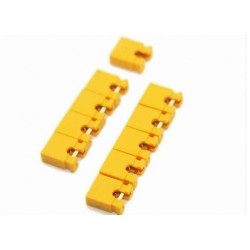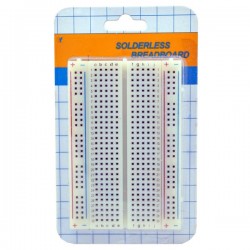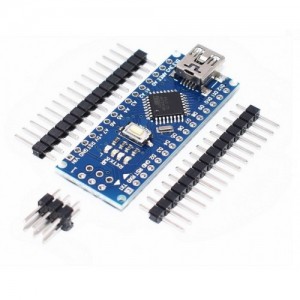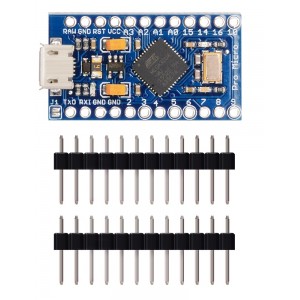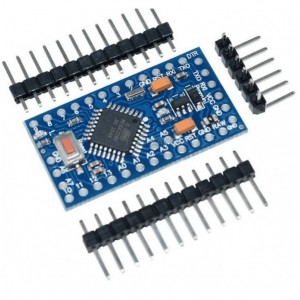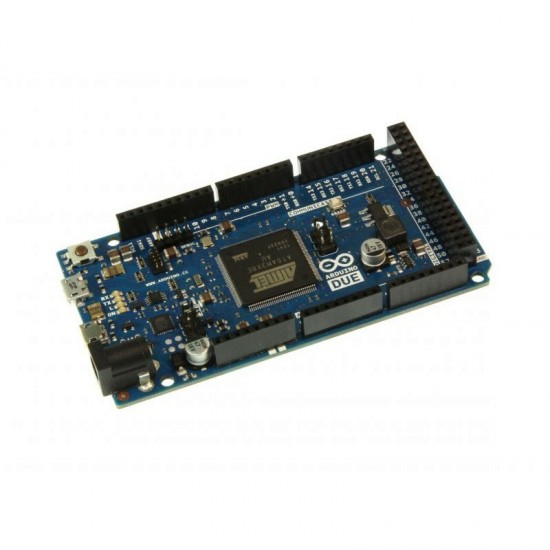
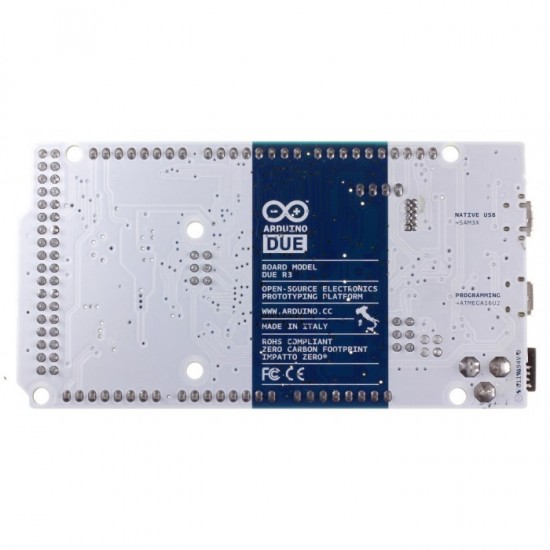


B2B GST Credit Available
- Stock: 0 in Stock
- SKU: 06047
- Delivery Time
- Bulk & B2B RFQ
The Arduino Due is a microcontroller board based on the Atmel SAM3X8E ARM Cortex-M3 CPU. It is the first Arduino board based on a 32-bit ARM core microcontroller. It has 54 digital input/output pins (of which 12 can be used as PWM outputs), 12 analog inputs, 4 UARTs (hardware serial ports), a 84 MHz clock, an USB OTG capable connection, 2 DAC (digital to analog), 2 TWI, a power jack, an SPI header, a JTAG header, a reset button and an erase button.
The Due is Arduino’s first ARM-based Arduino development board. This board is based on a powerful 32bit CortexM3 ARM microcontroller made programmable through the familiar Arduino IDE. It increases the computing power available to Arduino users keeping the language as compatible as possible so that many programs will be migrated in a matter of minutes! The Due cranks it up to 11 with an 84 MHz ARM core processor - 512K of FLASH storage! 96K of RAM! Both USB client and host! The Arduino Due is ideal for those who want to build projects that require high computing power. For example, remotely-controlled drones that, in order to fly, need to process a lot of sensor data per second - or an audio player that uses the built in Digital-to-Analog converter.
Main features of Arduino Due
- The board is equipped with a SAM3X8E processor from Atmel, based on the 32 bit ARM Cortex M3 architecture running at 84MHz.
- USB 2.0 interface running at 480 Megabits that allows Arduino Due to act as a USB Host (so you can interface it to USB devices like mice, keyboards, cameras, mobile phones and more). Arduino Due supports the Android ADK 2012 protocol.
- 12 analog inputs (ADC) with 12-bit resolution and high speed, opening the door to audio applications and signal processing projects that were impossible with Arduino Uno.
- High-resolution Analog outputs (DAC). The board provides two 12-bit outputs that can be used to generate audio signals. The Arduino Due software comes with software examples for a WAV and OGG player.
- 4 high-speed serial communication ports.
- 70 input/output pins.
- High-speed CAN interface. The CAN protocol is used in the automotive industry to network the different components of the car, is now becoming popular in the field of industrial automation thanks to its speed and ability to withstand electrical noise.
- 12 PWM channels.
- 2 I2C bus.
Technical Details
- Microcontroller: AT91SAM3X8E
- Operating Voltage: 3.3V
- Input Voltage (recommended): 7-12V
- Input Voltage (min/max): 6-20V
- Digital I/O Pins: 54 (of which 12 provide PWM)
- Analog Input Pins: 12
- Analog Output Pins: 2 (DAC)
- Total DC Output Current on all I/O lines: 130 mA
- DC Current for 3.3V Pin: 800 mA
- DC Current for 5V Pin: theoretical 1A, recommended 800 mA
- Flash Memory: 512 KB
- SRAM: 96 KB (64 + 32 KB)
- Clock speed: 84 MHz
- Debug access: JTAG/SWD connector

